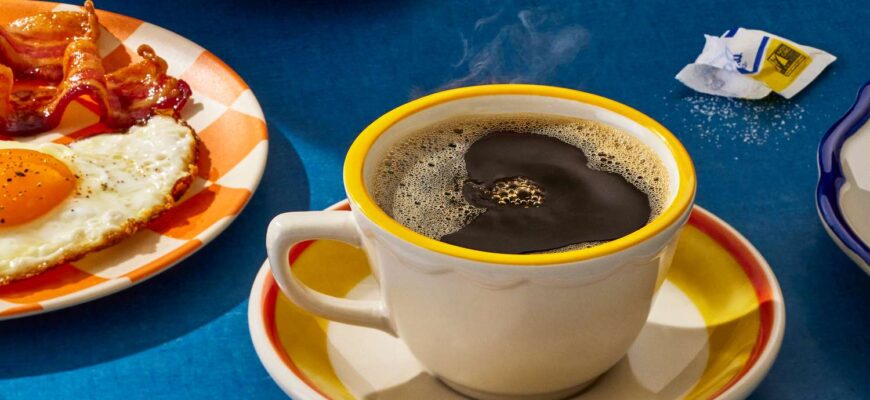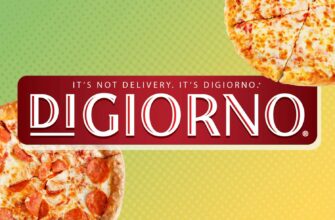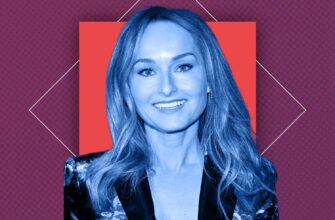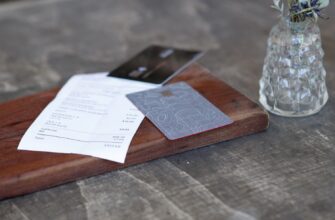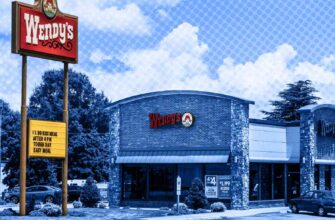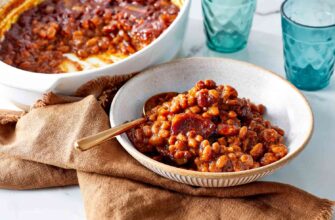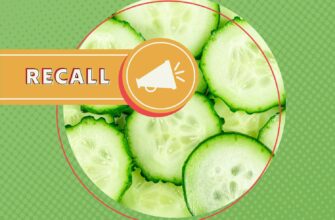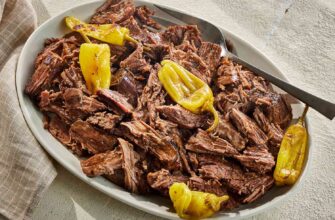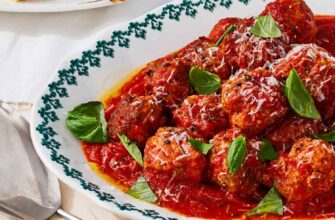Close
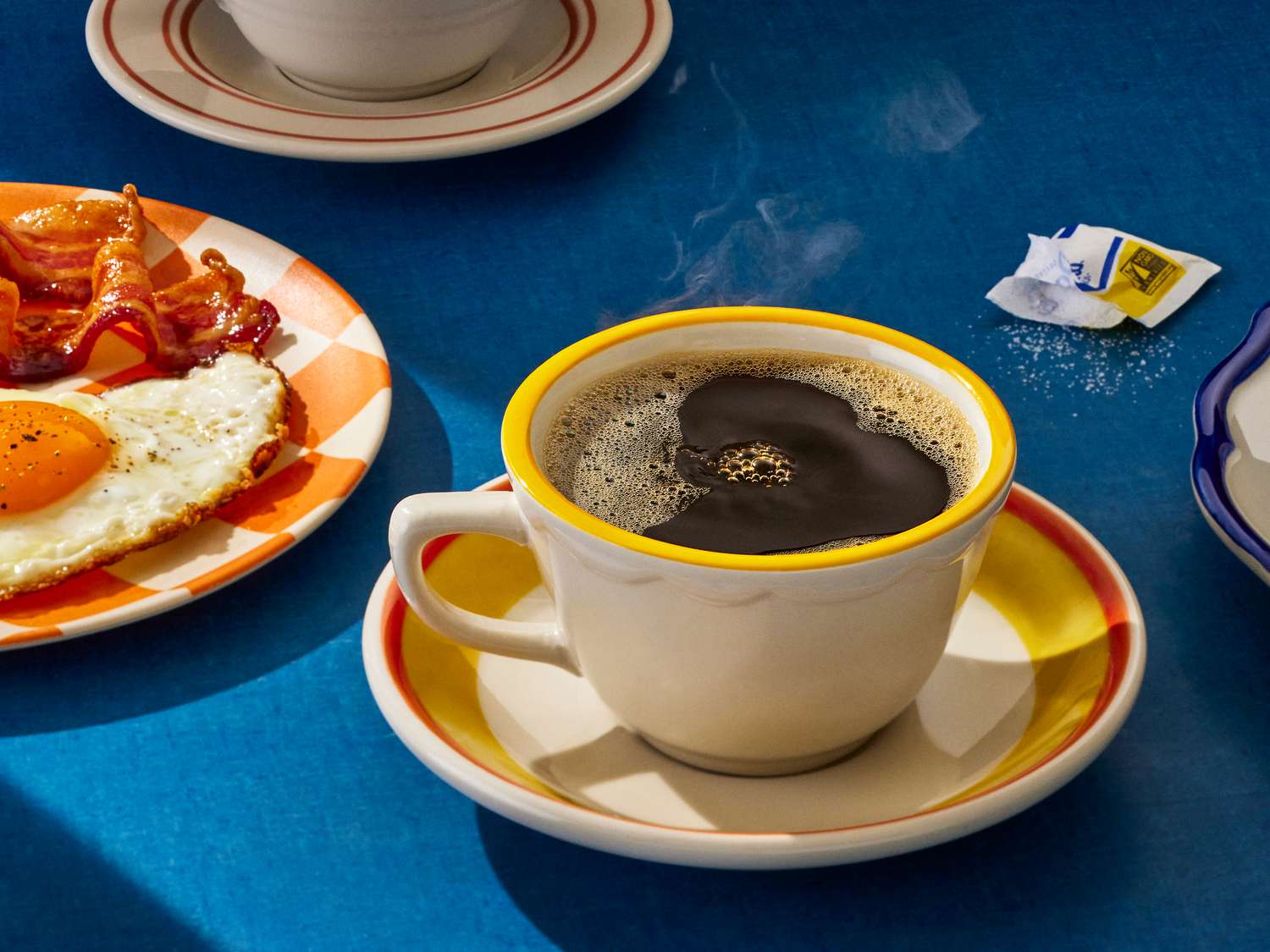
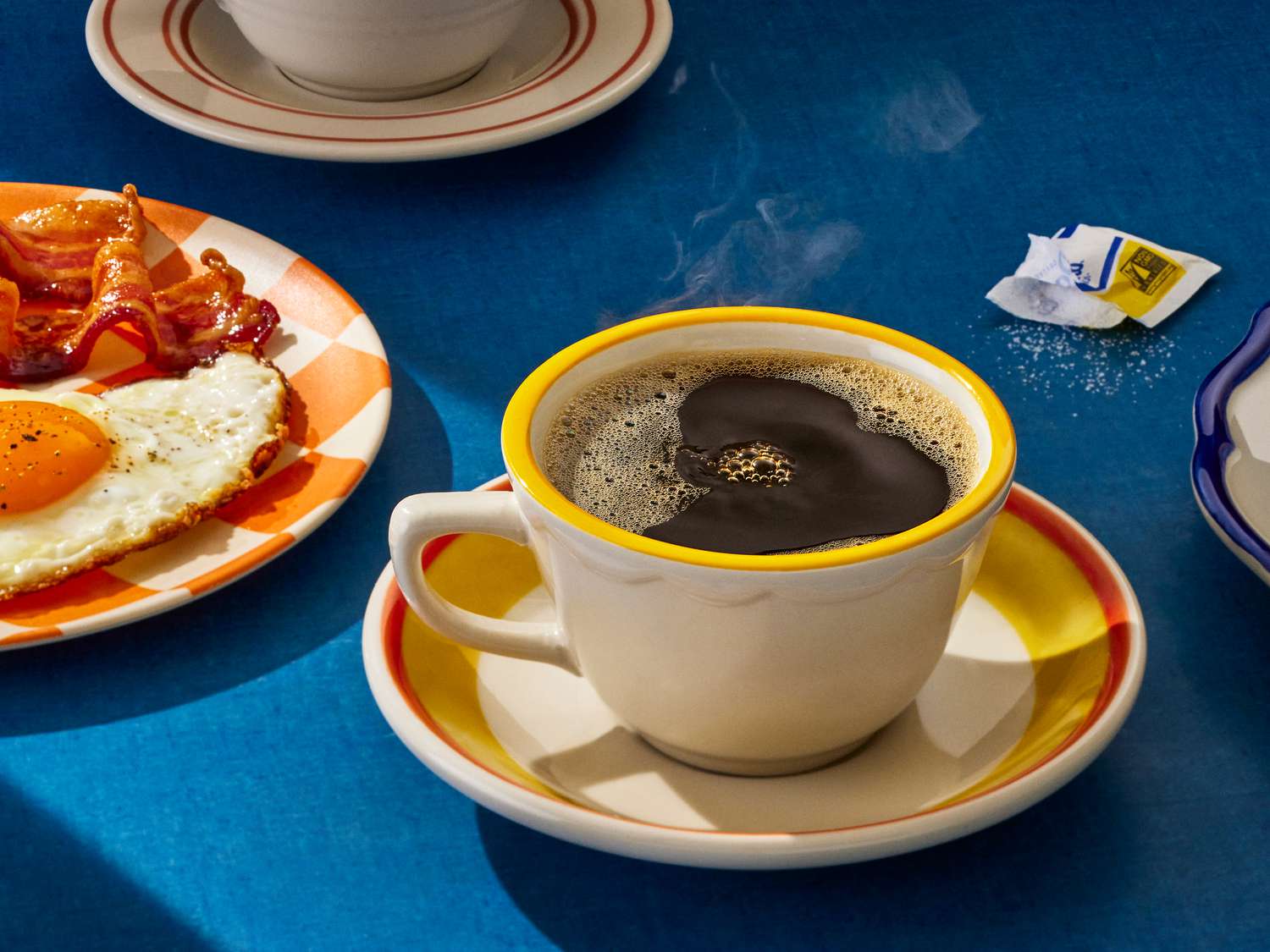
Credit:
Emily Hawkes / Food Styling: Lauren LaPenna / Set Designer: Karin Olsen
There are sections of US 287, as it pushes southeast through Wyoming and Colorado, where the plains are so vast and barren, and the sky so big, it could swallow you whole. At least that’s how it felt when my partner and I found ourselves on that stretch of the highway a few years ago. We had just spent four days backpacking in Grand Teton National Park, where we hiked through alpine meadows and rocky hills, stunned by the enormity of the mountains, but also exhausted from the climb. With nothing but trail mix and two Clif bars in our stomachs for the better part of a day, there was no question whether we’d stop when we caught a glimpse of a diner on the side of the road. My partner just turned on the blinker and pulled off.
The first order of business? Coffee. When the waiter set two thick mugs down on the table, I took a sip. The bitterness startled me. It was harsh and oily, almost as if it had been left on the burner for too long. It wasn’t good, but I kept sipping anyway. When you've been rationing food for days, fiddling with gas canisters in the cold, and sleeping with bear spray next to you, anything hot feels like a balm. By the third sip, I started to feel my legs again. By the fourth, I kind of stopped noticing the taste at all. I was just relieved to be sitting still with something warm between my hands, the steam softly blanketing my face.
Anthony Bourdain
If it takes you longer to make my coffee than for me to drink it, then we have a basic problem.
— Anthony Bourdain
This got me thinking about diner coffee—what it is, what it isn’t, and what makes it an enduring staple of our society. It shows up in movies, books, and TV shows. It’s the drink of break-ups, overnight shifts, long drives, and early mornings. But anyone who’s ever had diner coffee knows it’s not exactly good, so why do we keep returning to it?
In a 2016 ABC interview, the late chef and author Anthony Bourdain remarked, “If it takes you longer to make my coffee than for me to drink it, then we have a basic problem.” He was making a point about how coffee has evolved from something quick and efficient to something more elaborate and curated.
There was a time when brewing coffee didn’t require a scale or grinder. You just popped open a can of Folgers and, within minutes, had something hot, brown, and restorative. Now, it’s all about growing altitudes, extraction times, and flavor profiles that sound more like a sommelier’s notes than something meant to wake you up.
I get it. I buy Fair Trade Certified beans from sustainable growers, I love my gooseneck kettle, and every morning I time my pour-over like every second matters—it’s my way of easing into the day. But as much as I love my morning ritual, I can’t quite say it provides the same nurturing feeling as what you find in a diner. Like that day in Wyoming when my partner and I emerged from the backcountry, disheveled and depleted.
It dawned on me, after the server topped off our mugs for the umpteenth time, that there’s something tender about having your cup replenished before you even notice it’s half empty. Of course, everyone knows bottomless coffee is a hallmark of American diners, and many of us walk into them expecting those dependable free refills. Still, there’s something to be said about this particular kind of generosity. It reminded me that diner coffee is as much a reliable source of warmth and energy as it is a feeling of being cared for.
Several refills in, my partner looked at me and said, citing from one of our favorite TV shows, “This is a damn fine cup of coffee.” We both laughed, knowing very well in that moment, it was true.
In a world where everything is trying to prove its value to you, it’s the consistency of diner coffee that feels so familiar, so comforting.
As the world of coffee gets more sophisticated, diner coffee, as far as I can tell, hasn’t changed all that much. It doesn’t care whether you can differentiate between Arabica and Robusta or detect that whisper of jasmine the barista mentioned. It’s not trying to be anything other than what it is: hot, bitter, inexpensive, and available most hours of the day. In a world where everything is trying to prove its value to you, it’s the consistency of diner coffee that feels so familiar, so comforting.
The American diner, whether on a desolate stretch of Montana or in the middle of Manhattan, might be one of the last places where you can show up as you are, with mud on your boots or mascara smudged from the night before, and no one blinks. They just hand you a menu that probably hasn’t changed in years, ask if you want coffee, and keep your cup warm and full, without question.
Whenever we come down from a backpacking trip, covered in dirt and sweat, my partner and I still make a beeline for the nearest diner. It could be 8 p.m. or three in the afternoon, and we’ll still order coffee. Not because we expect it to wow us, but because it shows up exactly as it is—no frills, no expectations, just there when we need it most.
Explore more:
Was this page helpful?
Thanks for your feedback!
Tell us why!
Other
Submit
